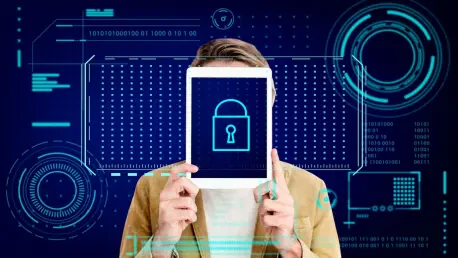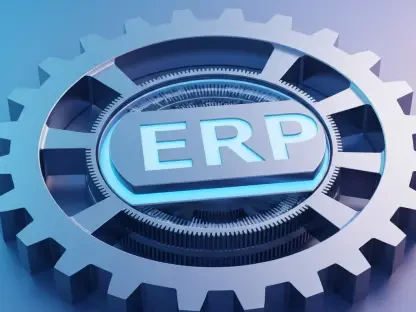Imagine a future where the cryptographic systems protecting sensitive information can be effortlessly dismantled by quantum computers. Recent advancements indicate this scenario may be closer than anticipated. While conventional encryption methods have been the cornerstone of digital security for decades, the accelerating pace of quantum computing evolution underscores a brewing storm for data privacy and security.
Unraveling the Quantum Threat
Quantum computing poses an imminent threat to existing cryptographic frameworks upon which industries rely. As these quantum machines inch closer to practical applicability, their potential to crack complex algorithms once thought to be secure becomes more tangible. This development holds significant implications for sectors ranging from finance to healthcare, where the integrity and privacy of digital data are paramount. With data longevity and security hanging in the balance, the shift to post-quantum cryptography emerges as a crucial countermeasure.
Microsoft’s Quantum Security Quest
Microsoft has emerged as a key player in spearheading the integration of post-quantum cryptographic algorithms within Windows. Navigating technical complexities such as expanded key sizes and elevated processing demands, Microsoft collaborates with NIST to establish new cryptographic standards. Through these efforts, the company aims to future-proof its systems against quantum threats, integrating novel algorithms like ML-KEM and SLH-DSA into its SymCrypt library and supporting Linux on Azure.
Wisdom from the Frontlines
Experts in the field of cryptography highlight the significance of preparing for quantum resilience. Microsoft researchers emphasize the imperative of progressing beyond traditional cryptographic approaches, pointing to studies that underscore the formidable resilience of emerging algorithms. Developers engaged in practical applications of post-quantum cryptography share insights on the challenges and advancements encountered along the way, shedding light on the transition’s complexity and necessity.
Navigating the Transition: Practical Steps and Strategies
Microsoft paves the way for adopting post-quantum security through a series of strategic initiatives. Cryptography API: Next Generation (CNG) provides developers with a robust framework to implement PQC, ensuring a seamless transition to more secure cryptographic methods. By encouraging “crypto agility,” Microsoft enables systems to adapt swiftly to evolving standards, promoting a hybrid model that incorporates both contemporary and post-quantum techniques. This approach not only safeguards data but also positions stakeholders to anticipate and mitigate emerging threats effectively.
In summary, Microsoft’s effort to advance post-quantum security reflects a proactive response to the looming quantum threat. Through technical innovation, strategic partnerships, and a commitment to evolutionary security practices, the company lays a foundation for others to follow in safeguarding digital data. As technology continues to evolve, ensuring robust and adaptable cryptographic methods becomes ever more critical for sustaining data integrity and privacy well into the future.









